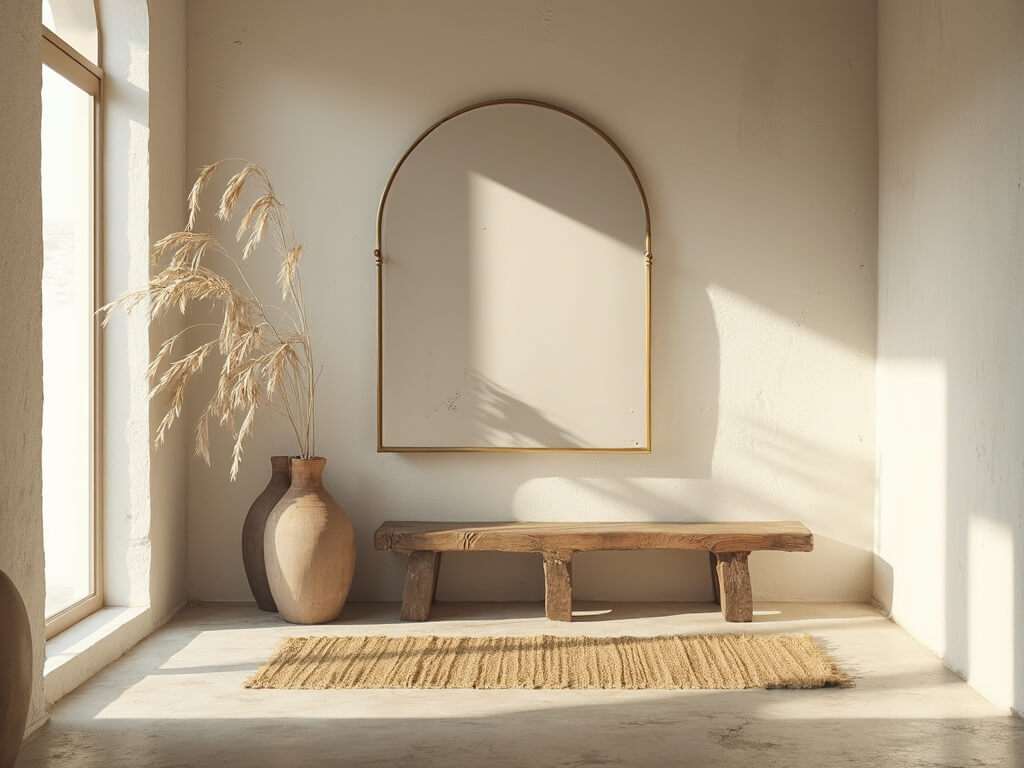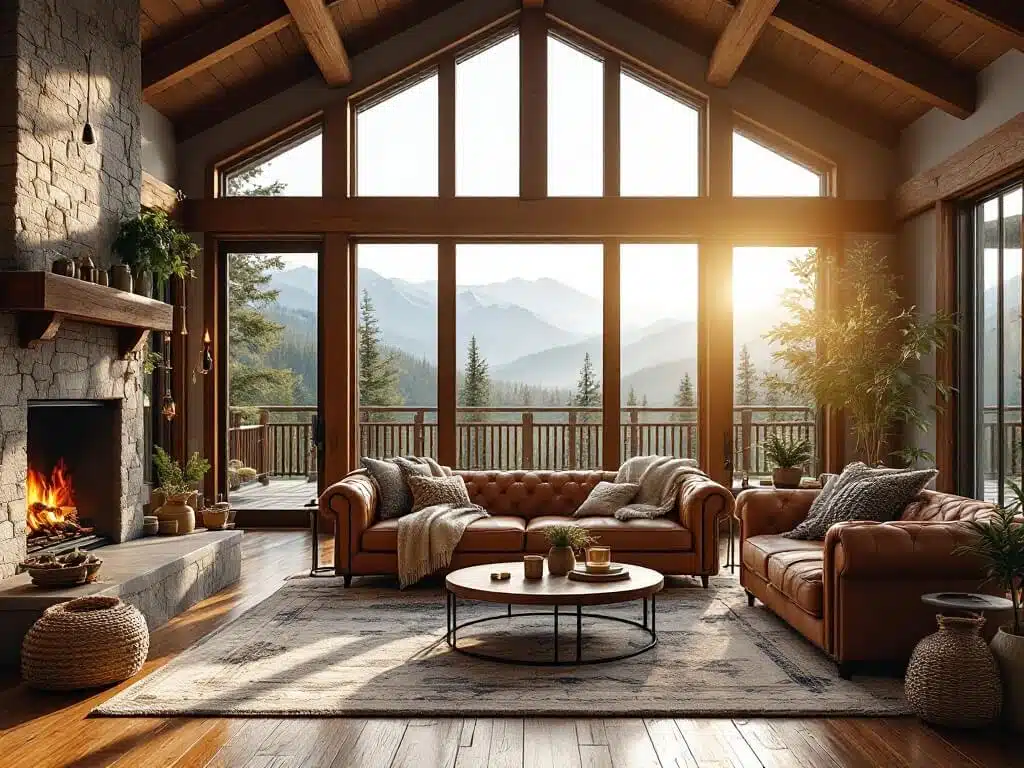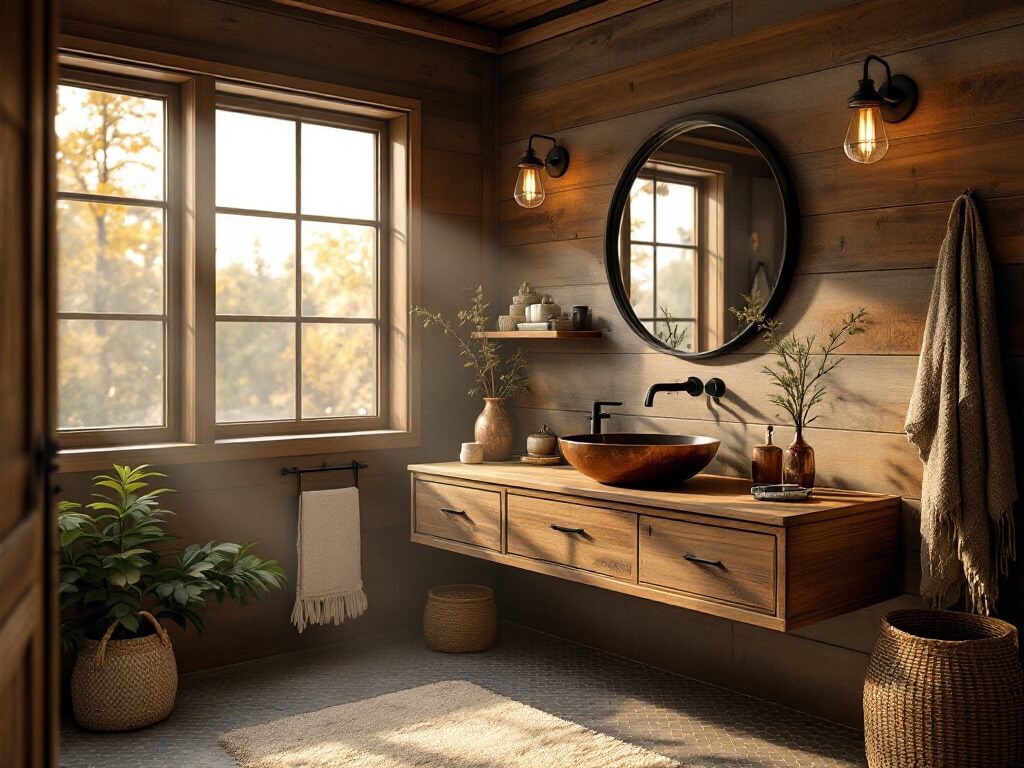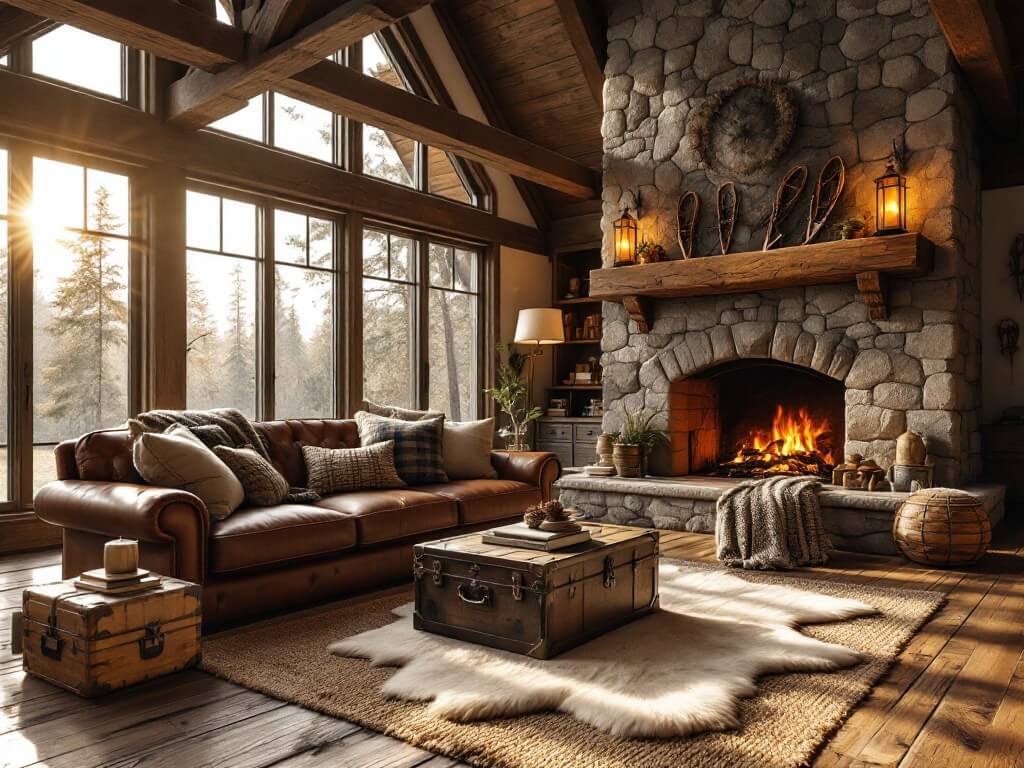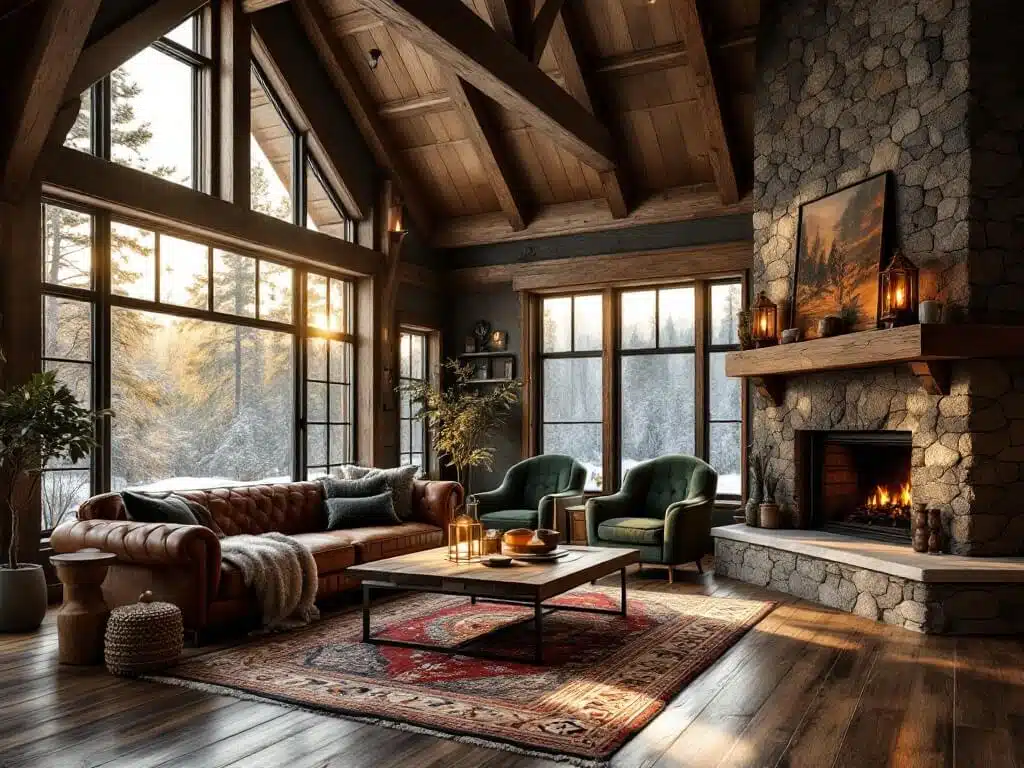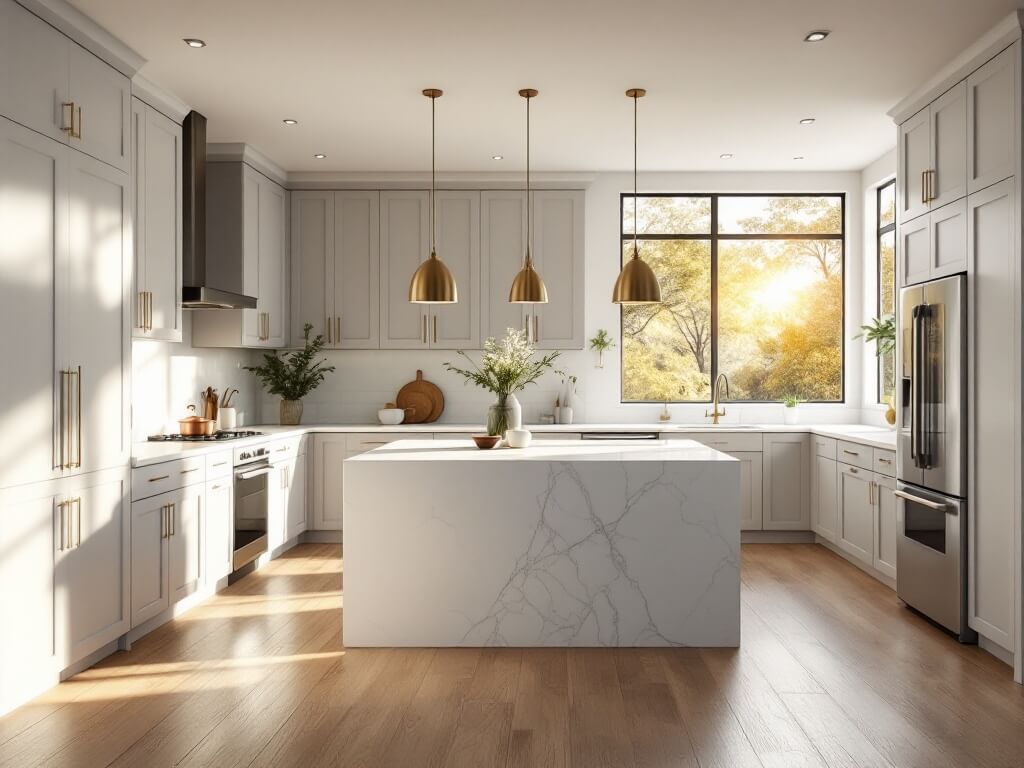Embracing Serenity: Creating a Wabi-Sabi Entryway That Whispers Welcome
First impressions matter, and your home’s entryway is the ultimate storyteller. Let me show you how to transform this space into a sanctuary of understated beauty that breathes authenticity and calm.
Why Wabi-Sabi? The Art of Imperfect Welcome
Imagine walking into a space that immediately strips away the day’s stress. That’s the magic of a wabi-sabi entryway – a design philosophy that celebrates:
- Imperfection as beauty
- Natural materials
- Minimalist elegance
- Authentic simplicity
Essential Elements: Crafting Your Tranquil Entrance
The Foundational Pieces
Must-Have Wabi-Sabi Essentials:
- Raw wooden bench with natural grain
- Handcrafted ceramic catch-all
- Minimalist stone or driftwood accent piece
- Natural fiber rug with subtle texture
Color Palette: Whispers of Calm
Your wabi-sabi color story should embrace:
- Soft neutrals (think stone, taupe, warm grays)
- Muted earth tones
- Occasional charcoal or deep green accents
Styling Like a Zen Master: Pro Tips
Less is Absolutely More
Styling Secrets:
- Embrace negative space
- Choose pieces with visible history
- Prioritize texture over quantity
- Select items that tell a story
Curating Your Perfect Entryway
Key Placement Strategies:
- Start with a neutral base rug
- Add one statement furniture piece
- Layer minimal, meaningful accessories
- Allow breathing room between items
Budget-Friendly Wabi-Sabi Hacks
You don’t need a designer budget to create magic:
- Thrift unique ceramic pieces
- Collect natural elements (branches, stones)
- Use neutral linens and textiles
- Rotate seasonal natural accents
Maintenance: Keeping the Zen Alive
Quick Refresh Techniques:
- Weekly dust and minimal rearranging
- Seasonal botanical swaps
- Rotate art or small accessories
- Keep surfaces clutter-free
Common Mistakes to Avoid
Wabi-Sabi No-Nos:
- Overcrowding the space
- Using too many bright colors
- Choosing perfectly symmetrical items
- Ignoring natural imperfections
Your Entryway, Your Story
Remember, wabi-sabi isn’t about perfection. It’s about creating a space that feels genuinely you – a little weathered, wonderfully authentic, and endlessly welcoming.
Quick Transformation Checklist
- [ ] Clear current entryway
- [ ] Select neutral base piece
- [ ] Add 2-3 meaningful accessories
- [ ] Incorporate natural texture
- [ ] Step back and breathe
Investment vs. Impact
Budget Breakdown:
- Minimal DIY: $100-$300
- Mid-range refresh: $300-$700
- Designer approach: $700-$1500
Pro tip: The most expensive piece isn’t always the most meaningful.
Final Thoughts
Your entryway is more than just a passage – it’s a narrative of welcome, a breath of calm before the world rushes in. Embrace its imperfections, celebrate its simplicity, and watch how it transforms not just your space, but your daily experience.
Wabi-sabi isn’t a design trend. It’s a way of seeing beauty in the perfectly imperfect.

